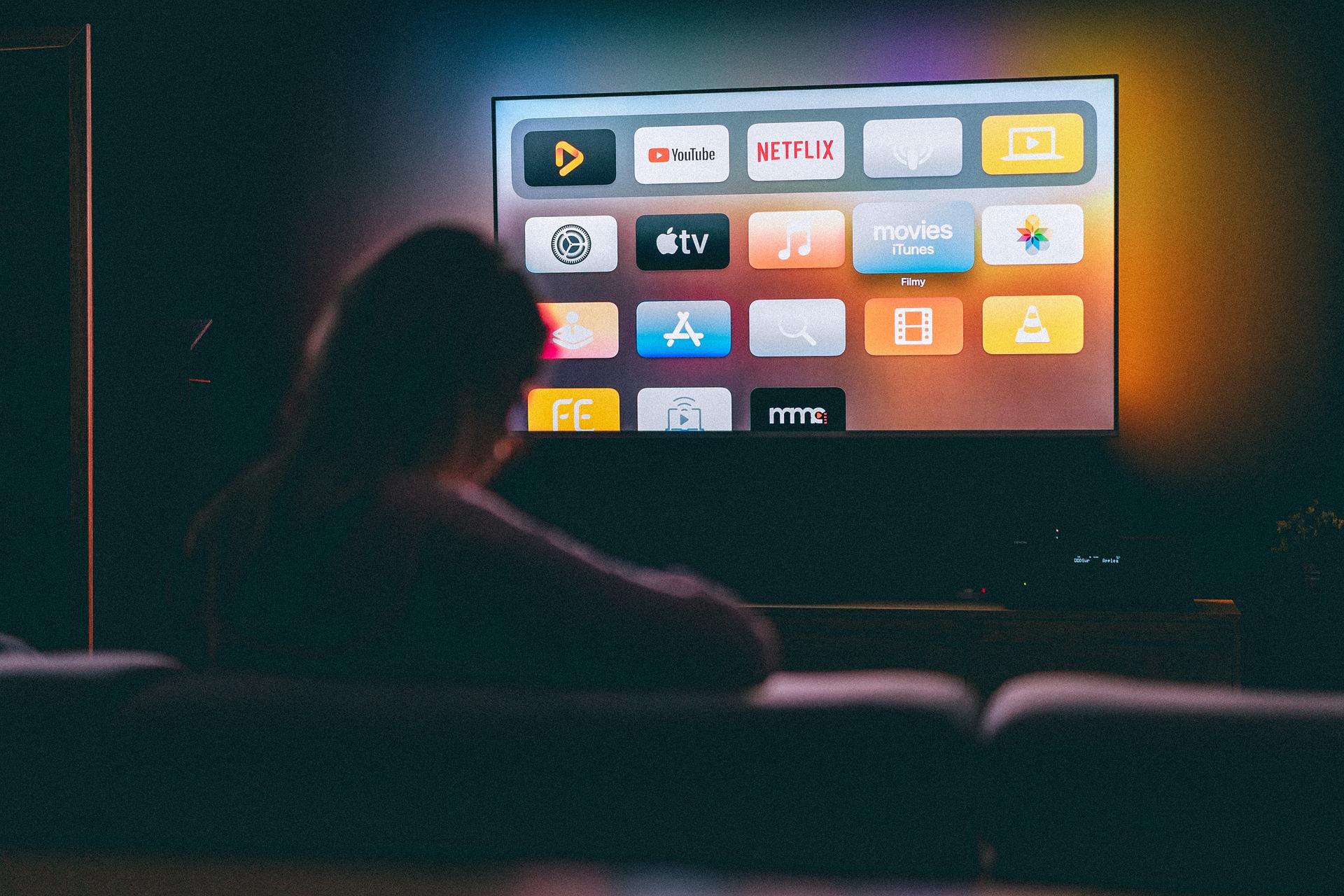Conjuring the Spectacle: The Rise of Illusionary Art in Contemporary Culture
Introduction: In the realm of arts and entertainment, a fascinating trend is taking center stage: Illusionary Art. This captivating form of expression is transforming our perception of reality, creating intricately imagined worlds that captivate and confuse.

Setting the Stage: Illusionary Art’s Historical Roots
Illusionary Art is not a novel concept; it can be traced back to the ancient Greek and Roman frescoes that played with perspective to create depth. However, it gained significant momentum during the Renaissance, when artists like Da Vinci and Michelangelo mastered the use of perspective, creating paintings so realistic they seemed to leap off the canvas. But today, this artistic movement has evolved into a forward-thinking fusion of traditional techniques, modern technology, and experimental concepts.
Current Illusions: The Revival of the Art Form
Today, Illusionary Art has found a new lease of life. Artists like Rob Gonsalves and Patrick Hughes have brought it to the forefront of the contemporary art scene, captivating audiences with their mind-bending works. Galleries and museums around the world are hosting exhibitions dedicated to Illusionary Art, underlining its growing popularity and impact.
The Big Picture: Unpacking the Impact of Illusionary Art
The significance of Illusionary Art goes beyond the boundaries of aesthetics. It provokes thought and discussion, challenging our understanding of reality. It also provides a platform for artists to express their commentary on society, culture, and the human condition. Critics and audiences alike have been stirred by its ability to engross and intrigue, setting it apart from other art movements.
The Audience’s Perception: Reception of Illusionary Art
While the critical response to Illusionary Art has been largely positive, the public response has been overwhelming. Its interactive nature and ability to engage viewers on multiple levels have made it a hit among a wide demographic, from art enthusiasts to casual observers. This art form has also found a home in the digital world, with an increasing number of artists sharing their creations on social media platforms, leading to a wider reach and greater engagement.
Looking Ahead: The Future of Illusionary Art
As technology continues to evolve and artists push the boundaries of creativity, Illusionary Art is set to become even more immersive and inventive. With augmented reality and virtual reality tools at artists’ disposal, the potential for creating hyper-realistic, engaging, and thought-provoking works is vast. As we forge ahead into the future, Illusionary Art promises to continue reshaping our perception of reality and our appreciation for the boundless possibilities of artistic expression.
Illusionary Art, with its blend of tradition and innovation, is a dynamic force in the contemporary art scene. Its power to captivate, perplex and stimulate thought sets it apart, cementing its place in the annals of art history. As we continue to explore its depths, we can expect to be continuously enthralled by the illusions it conjures.




